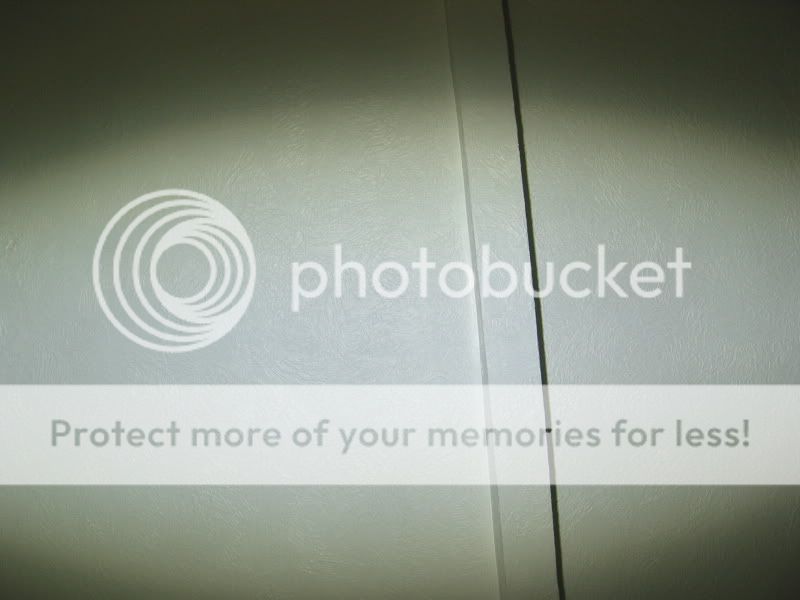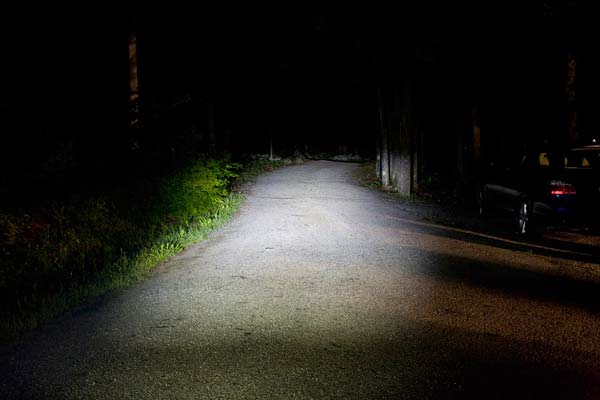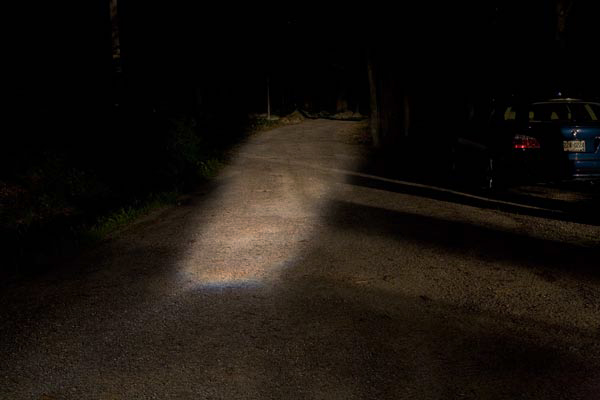I meant the E6 lens and reflector unit that PJW sells. I have 2 of them (and just offered one to Eamon since we live in the same city) since my E6 headlight broke.
I'm just stealing ideas from this webpage:
http://www.enhydralutris.de/Fahrrad/LEDWerfer0402/index.html
I'm also behind in projects and decided that I should probably just build one headlight that works before playing too much with optics, so I'm concentrating on that right now. I'm using the L2 OPTX-3-008 triple CREE optic with 2 LEDs. One will stay on for a standlight. It is just a normal spot optic, but it isn't bad for a first headlight. The round 50mm lens is easy to build a housing around.
alex
Those folks are way ahead of me, although we're thinking along the same lines. I do wonder if they had to buy complete lights from INO (I think), or if they were able to source the reflectors from BUMM.
I'm going to build an MC-E/Fraen FRC light as a replacement for the Q5(3) I've been running all year. Just a version of Martin's circuit #10. Gods willing, I'll be getting to do that this weekend, and have it done with. The Q5(3) just isn't enough for wet/dark/long sorts of rides.
One thing that I will be able to do is see what sort of patterns I can get out of the MR11 FRC by powering different dies in the MC-E. In terms of the volume of that reflector, moving the source .7-1.4mm is significant. As well, changing its effective shape by powering different combinations will make some difference. How much? Could be not much, could be lots. Don't know, will share.
Once I get that up and running, I can tinker with optical sections, focal locations, and other fun things.
Eamon






